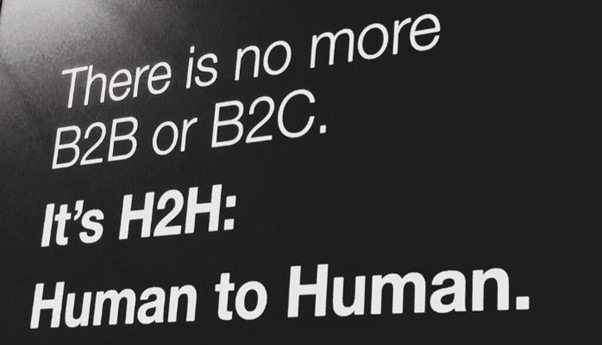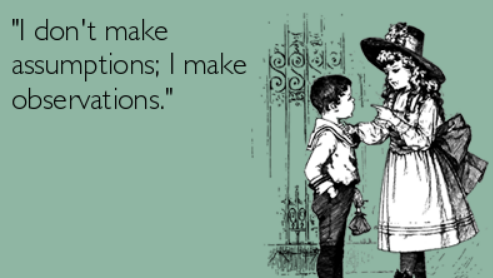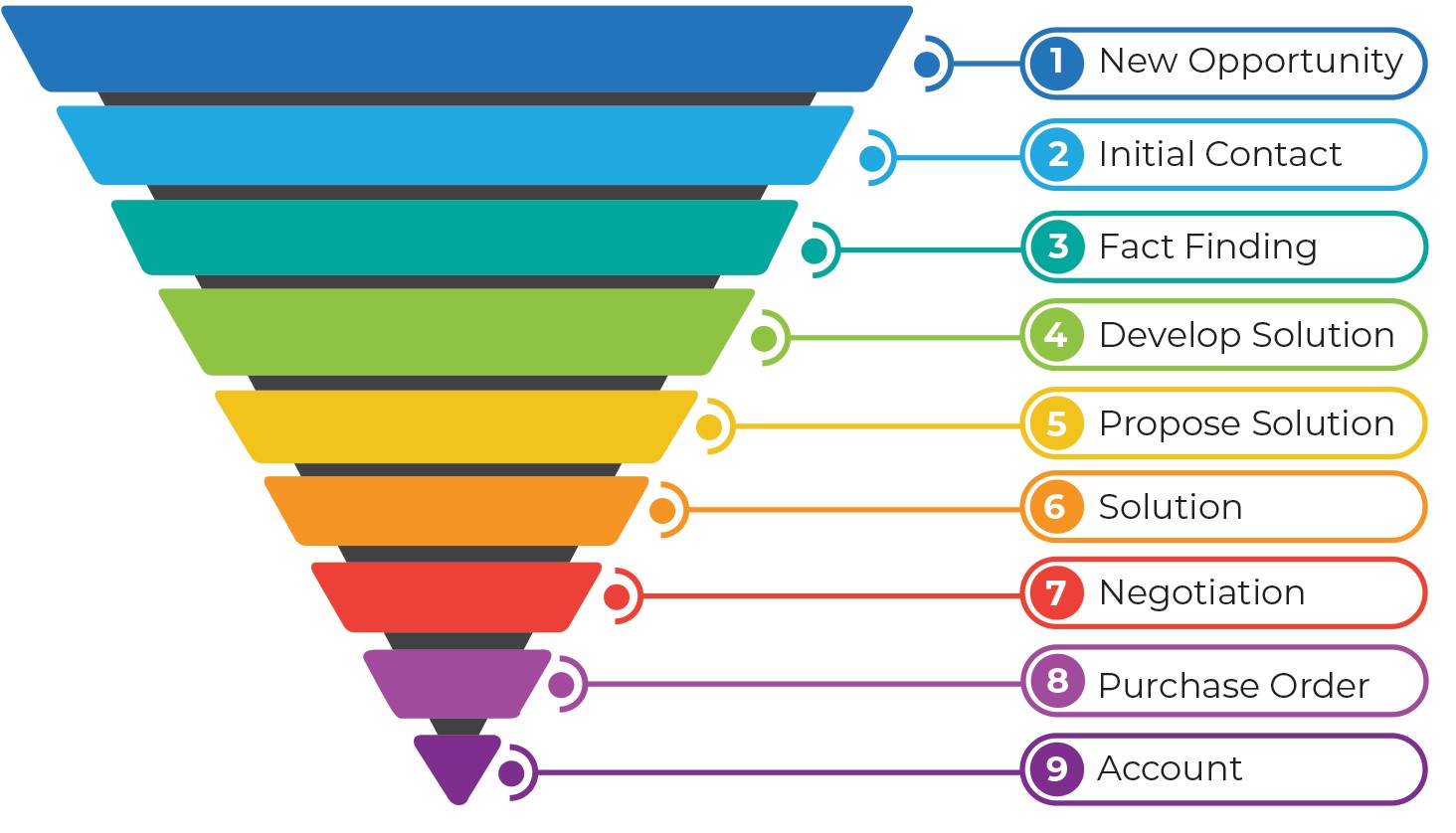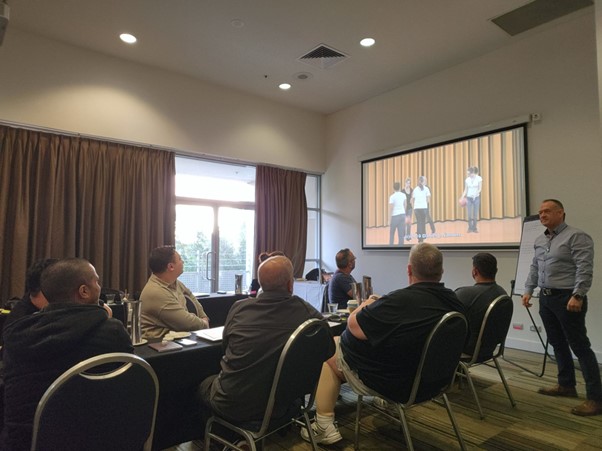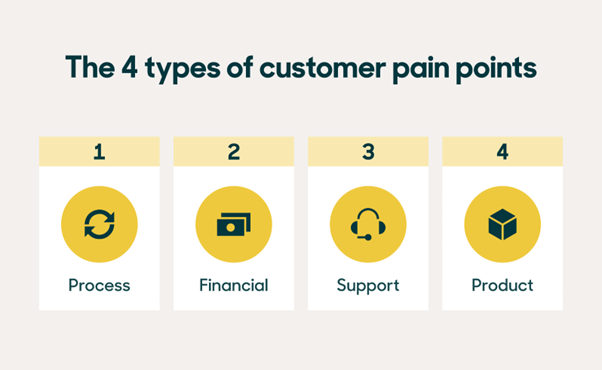What happens to a sales leader who submits bad forecasting? A POSITION I NEVER WANT TO FIND MYSELF IN!!!
The consequences for a sales leader who consistently submits inaccurate or bad forecasting can vary depending on the company, its policies, and the severity of the forecasting inaccuracies.
Performance Reviews: In many companies, sales leaders are evaluated based on their ability to meet or exceed sales targets, and accurate forecasting plays a significant role in this. Consistently submitting bad forecasts that lead to missed targets will result in negative performance reviews, which could impact bonuses, promotions, or job security.
Reprimands and Warnings: The sales leader will receive formal reprimands or warnings from higher management or HR if their forecasting inaccuracies are affecting the company’s performance and financial results.
Loss of Credibility: Repeatedly providing inaccurate forecasts WILL erode the sales leader’s credibility within the business, making it difficult to gain trust.
Coaching and Training: Some companies may offer additional coaching, training, or support to help the sales leader improve forecasting skills (if you are lucky!!!).
Reassignment: If the forecasting inaccuracies have a significant negative impact on the company’s performance, the sales leader may be reassigned to a different role within the business, potentially with reduced responsibility (if you are lucky!!!!).
Termination: Let’s face it, persistent and severe forecasting inaccuracies that have a substantial detrimental effect on the company’s financial health and reputation most likely will lead to the termination of employment. Aside from the obvious “self-preservation” motives, accurate forecasting is vital for the business. If your sales teams forecasting is not accurate it will have negative consequences for you and your business.
Revenue Shortfalls: Inaccurate sales forecasts will lead to revenue shortfalls if the actual sales results fall significantly short of what was predicted. This will impact the company’s financial stability and profitability.
Overstock or Understock Issues: If you as the leader submit overestimated demand, it can result in overstocking of products, tying up capital in excess inventory. Conversely, underestimating demand can lead to understocking, causing missed sales opportunities and customer dissatisfaction.
Resource Misallocation: Poor sales forecasting will lead to misallocation of resources. For example, if your business invests heavily in production or marketing based on over-optimistic forecasts, it may lead to wasted resources and increased costs.
Inventory Costs: Inaccurate forecasting can result in higher carrying costs for excess inventory or increased costs for expedited orders to fill unanticipated demand.
Customer Dissatisfaction: If salespeople promise products or services that you cannot deliver due to inaccurate forecasting, it will lead to customer dissatisfaction, damaging the company’s reputation and customer relationships.
Cash Flow Issues: Revenue shortfalls due to poor forecasting can affect a company’s cash flow, making it difficult to meet financial obligations.
Strategic Missteps: Poor sales forecasting can lead to misguided strategic decisions, such as expanding into new markets or discontinuing products prematurely based on unreliable data.
Loss of Credibility: If a company consistently misses its sales forecasts, it can erode the confidence of investors, lenders, and other stakeholders, making it more challenging to secure funding or support for future initiatives.
To mitigate these consequences, businesses often invest in improving their sales forecasting processes, utilising data-driven approaches, technology, and regular communication between sales teams and other departments to ensure more accurate and reliable forecasts. Additionally, ongoing training and coaching for salespeople can help improve their forecasting skills and accuracy.
Even the slightest miscalculation or wrong activity can have a catastrophic effect
One degree of latitude equals approximately 364,000 feet (69 miles), one-minute equals 6,068 feet (1.15 miles), and one-second equals 101 feet. One-degree of longitude equals 288,200 feet (54.6 miles), one-minute equals 4,800 feet (0.91 mile), and one second equals 80 feet.
Therefore, if I got on a plane from Sydney, Australia, to London, England and the pilot was out by one degree, where would I end up? It’s 10,559.57 miles or (16,993.98 km).
If you were one degree to the north of your intended course, you might end up in a location somewhere to the north of London, such as Scotland or another part of the United Kingdom. If you were one degree to the south of your intended course, you might end up in a location to the south of London, possibly in France or another part of Europe.

Consequences of a slight miscalculation:
Miscalculations can be disastrous. From bridges collapsing, buildings leaning to one side, machinery malfunctioning, and significant financial loss, the consequences of miscalculations can be catastrophic.
Importance of accurate calculations:
- Essential for the safety and reliability of products
- Fix small issues before they become major problems
- Avoid issues arising
- Avoid financial losses
Some Notable Examples of Slight Miscalculations having Catastrophic Effects
Mars Probe Lost due to simple Mathematical Error
NASA lost its $125-million Mars Climate Orbiter because spacecraft engineers did not convert from English to metric measurements when exchanging critical data before the craft was launched.
A navigation team at the Jet Propulsion Laboratory used the ‘millimeters and meters’ in its calculations, while Lockheed Martin Astronautics, who designed and built the spacecraft, provided vital acceleration data in the English system of ‘inches, feet and pounds’.
Due to this, JPL engineers confused acceleration readings measured in English units of pound-seconds for a metric measure of force called newton-seconds.

The Deepwater Horizon Oil Spill
The Deepwater Horizon oil spill was a catastrophic failure that had long-lasting effects on the environment and livelihoods of thousands of people. On 20th April 2010, the oil rig exploded, killing 11 workers and causing one of the largest oil spills in history.
The cause of the disaster was traced back to faulty cement used to seal the well that was being drilled. The cement was not strong enough, and oil was able to flow through the well and into the ocean. The disaster was worsened by inadequate safety measures and equipment failure.
This disaster acts as a reminder of the importance of safety measures and high-quality materials. The use of lower quality materials, combined with insufficient safety measures, can result in catastrophic events with long-lasting consequences.

The NASA Challenger Explosion
The Challenger explosion was another devastating disaster in the history of space exploration. On the 28th of January, 1986, the NASA Space Shuttle Challenger exploded just 73 seconds after liftoff, killing all seven crew members.
The cause of the Challenger explosion was traced back to a rubber O-ring that failed to provide a proper seal in one of the solid rocket boosters. The design of the O-ring was flawed, and NASA had been warned about the danger of a devastating failure before the launch. Still, the launch went ahead, leading to the disaster.
The key takeaway from this disaster is the importance of proper design and thorough testing. If the O-ring was designed correctly, or had NASA listened to the warnings, the Challenger explosion could have been prevented.

It’s important to recognise that while slight miscalculations or errors can have negative consequences, they are a part of the human experience and can often be corrected or mitigated.
It’s essential to learn from these mistakes, take corrective actions, and implement safeguards to minimise the likelihood of future errors. In some cases, attention to detail, quality control measures, and simply double-checking calculations can help prevent miscalculations and their potential consequences.
Contact KONA today to discuss how we can help you avoid a miscalculation and keep your sales team on track! Call 1300 611 288 or Email info@kona.com.au











